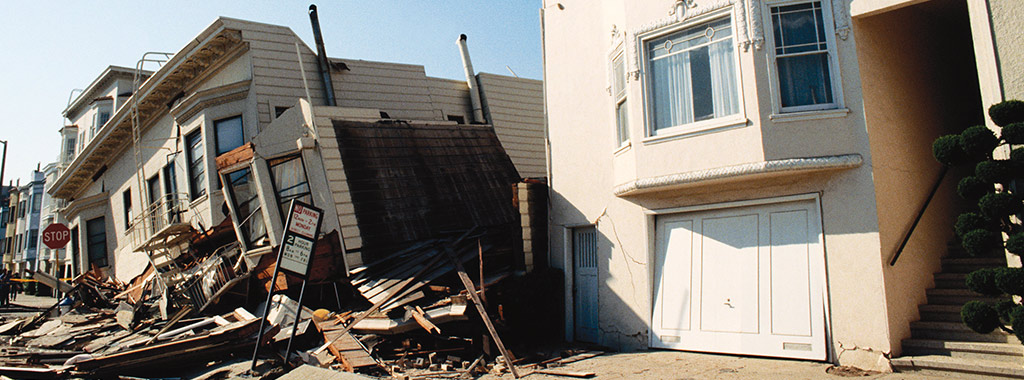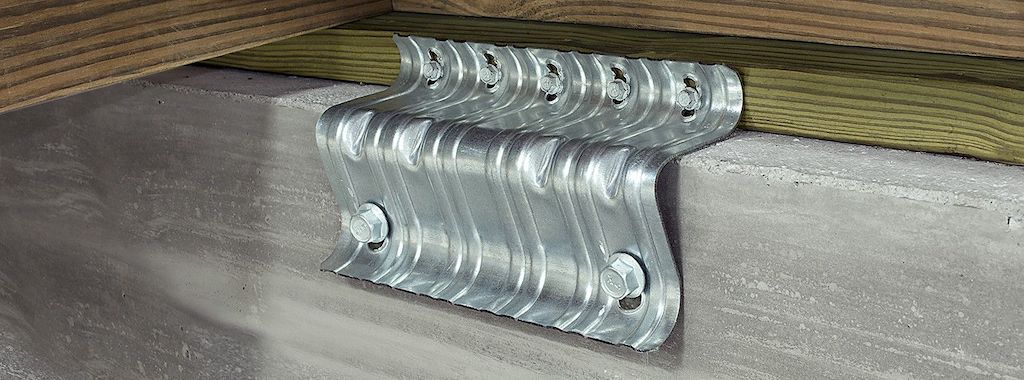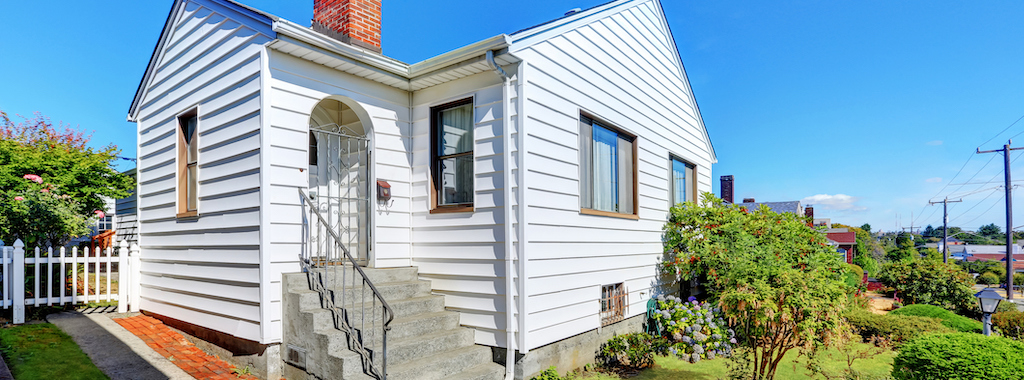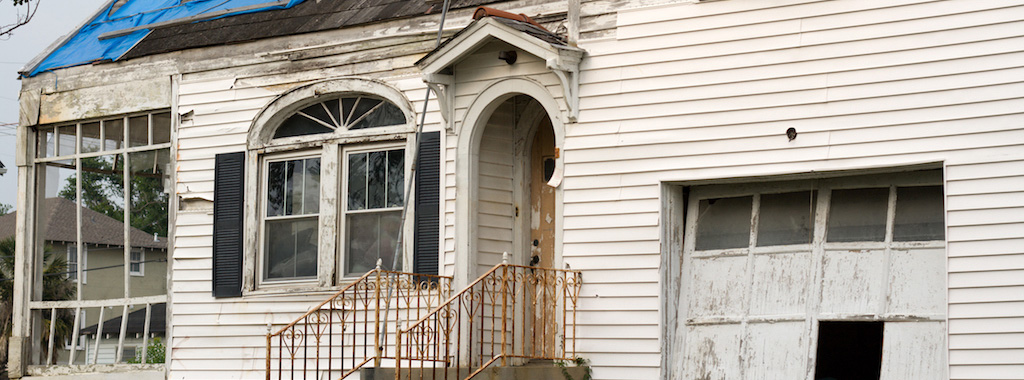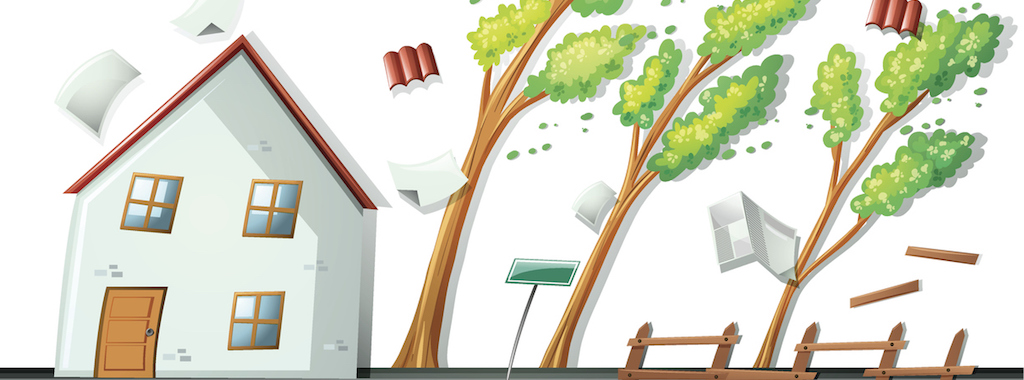If an earthquake were to strike at this very moment, are you confident your home is adequately constructed to withstand it? Depending on where you live, how your house is built—and the year in which it was originally constructed—an earthquake could have a devastating impact on your physical and financial health.
We’ve all witnessed the catastrophic impact that large earthquakes can have on society recently, and our hearts go out to those affected in Mexico who are picking up the pieces. Since October is Earthquake Preparedness Month and October 19 is the Great ShakeOut earthquake drill, we thought we’d share some steps homeowners and building owners can take to help minimize the risk of damage.
Continue reading “Protecting Homes Against Earthquakes With Seismic Retrofitting”


